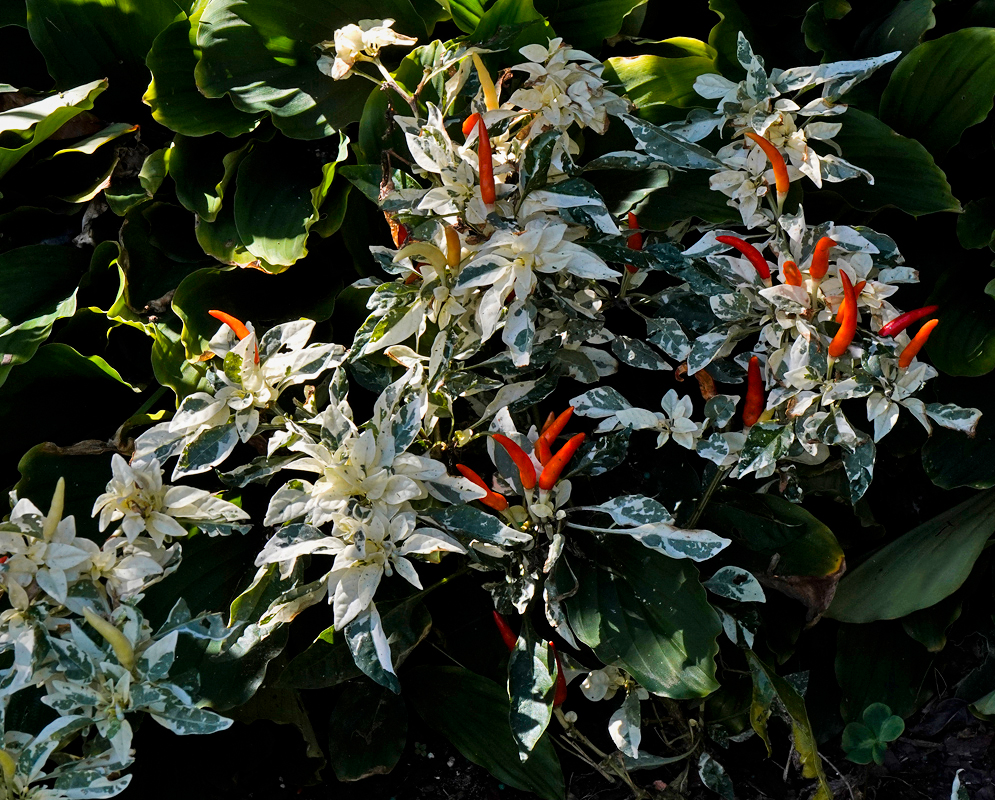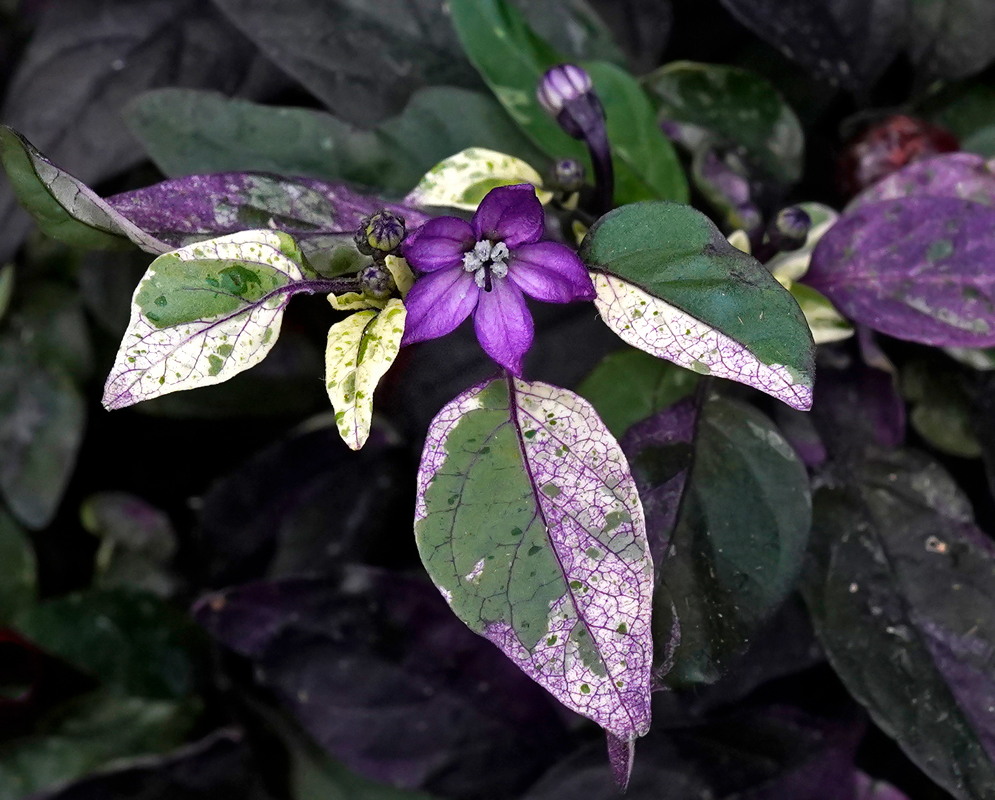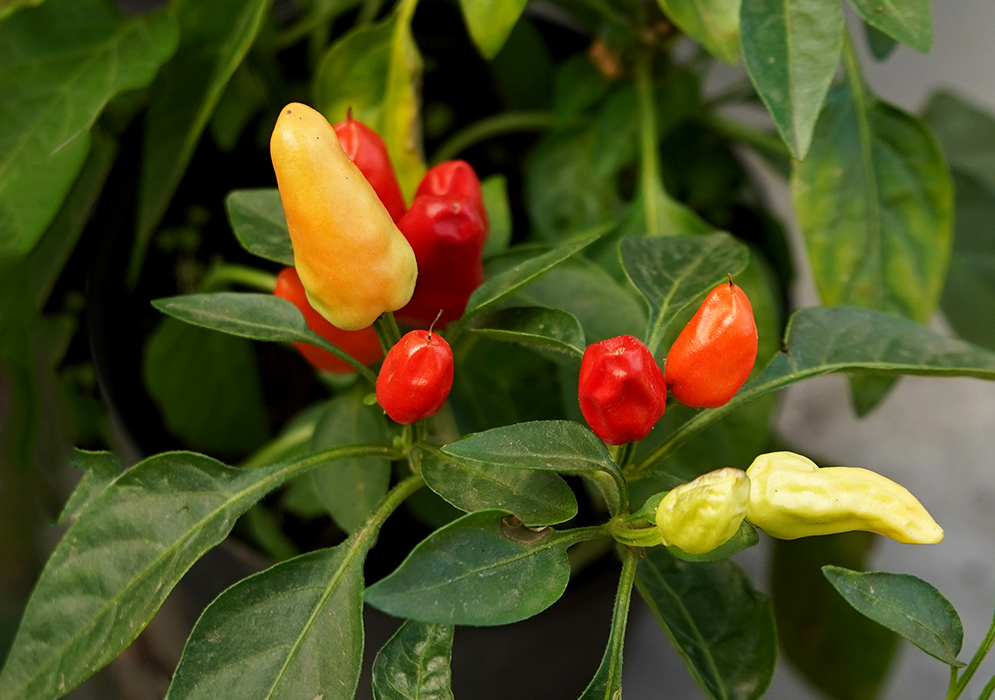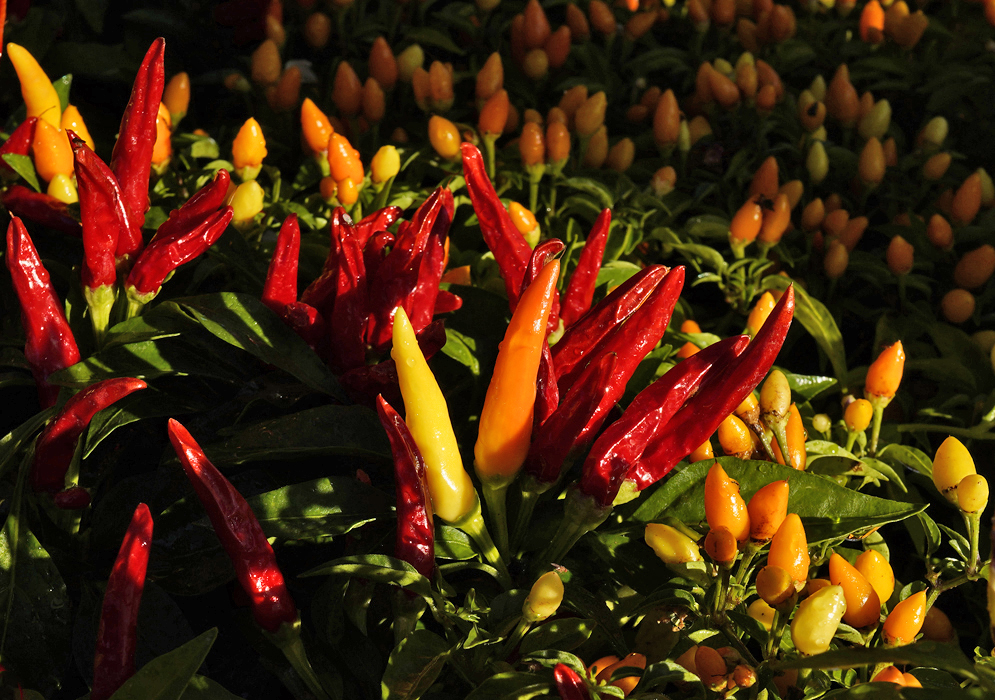This post has 11 Simple Fields-fields attached. Show fields.

Originating from the southern parts of North America, the Caribbean, and northern regions of South America, Capsicum annuum has spread its roots across various continents over the centuries. Its domestication can be traced back to as early as around 8000 B.C., playing a significant role in the diets of Mesoamerican peoples. Over time, the plant was domesticated multiple times from geographically distant wild progenitors by different prehistoric cultures in Mexico, with its center of diversity being identified in the Yucatan Peninsula. Capsicum annuum is notably versatile with a plethora of varieties and cultivars, encompassing a wide array of shapes and sizes. These varieties include sweet bell peppers, jalapeños, and many other chili pepper varieties like cayenne and New Mexican, contributing to its extensive cultivation globally. Its resilience against heat and drought conditions adds to its cultivation appeal. The capsaicin it contains has shown potential in alleviating diabetic conditions, reducing cholesterol levels, managing high blood pressure, and acting as a pain reliever for conditions such as back pain and rheumatoid arthritis. Additionally, its ornamental varieties, often showcasing vibrant fruit and foliage colors, find a place in gardens and pots, especially in warmer climates where they can endure as perennials. On a commercial scale, China, India, Mexico, Indonesia, and Turkey are notable producers. Photographed in Virginia.











